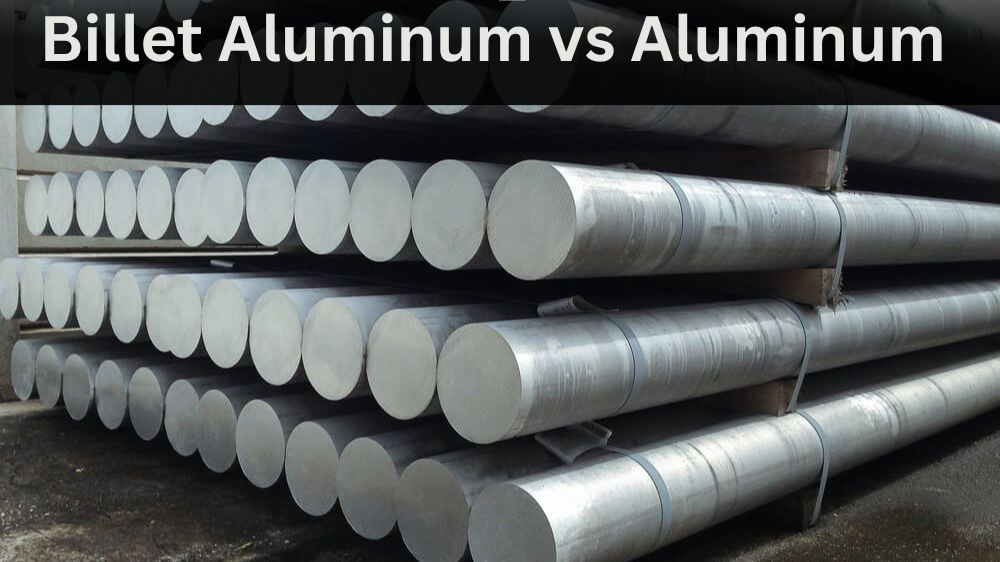
Billet Aluminium vs Aluminium – What’s the Difference?
Aluminium is one of the most versatile metals in existence. Thanks to its unique properties, such as lightweight and corrosion resistance, it has found its way into various applications in the hospitality, construction, aviation and automotive industries. However, this metal has different variations, and many people are often puzzled about which is better – billet aluminium or aluminium. In today’s blog post, we will explore the major differences between these two types of aluminium, thus enabling you to make an informed decision when selecting the best aluminium for your project.
Difference Between Billet Aluminium and Aluminium
Billet and aluminium are aluminium alloys, meaning they are a mixture of two or more elements, with aluminium being the primary element. The difference between these two alloys is in the manufacturing process. Aluminium is created by casting molten aluminium into moulds and letting it cool to form a desired shape. Billet aluminium, on the other hand, is created by taking large cylindrical bars of aluminium alloy and reducing them into smaller bars through heating and extrusion. The extruded aluminium must then be stretched to lessen its diameter before being used in manufacturing processes.
Strength:
Billet aluminium is stronger than standard aluminium due to the manufacturing process. Manufacturers compress billet aluminium to create a denser, more rigid material than standard aluminium. Due to its strong and durable nature, billet aluminium is often used in high-stress applications, such as aerospace, racing, and military applications. Standard aluminium is appropriate for use in non-stressed applications that do not require a high level of strength.
Surface Finish:
Billet aluminium usually has a smoother surface finish than standard aluminium. During the manufacturing process, billet aluminium is extruded into thin rods, providing a more uniform texture to the material’s surface than cast aluminium. Standard aluminium often has an uneven surface, requiring additional finishing before it can be used in most applications.
Cost:
The cost of billet aluminium is undoubtedly higher when compared to standard aluminium. This is because the manufacturing process involved with billet aluminium produces less yield than standard aluminium. Manufacturers may need more raw materials to produce an equivalent amount of billet aluminium than standard aluminium. As a result, the cost of billet aluminium is high, and if you decide to use it, you need to be prepared to pay a premium price compared to standard aluminium.
For more information visit Kapilsteels
Conclusion:
In conclusion, billet and standard aluminium are variants of the same metal. Billet aluminium is denser, stronger, more durable, and has a smoother surface finish than standard aluminium. However, it’s more expensive than standard aluminium. If you need aluminium for high-stress applications, billet aluminium is the best option. However, if you’re working within a budget or limited by technical requirements, standard aluminium is the more affordable and appropriate for non-stress applications. We hope this blog post has been informative and helpful in showcasing the distinctions between billet aluminium and standard aluminium.